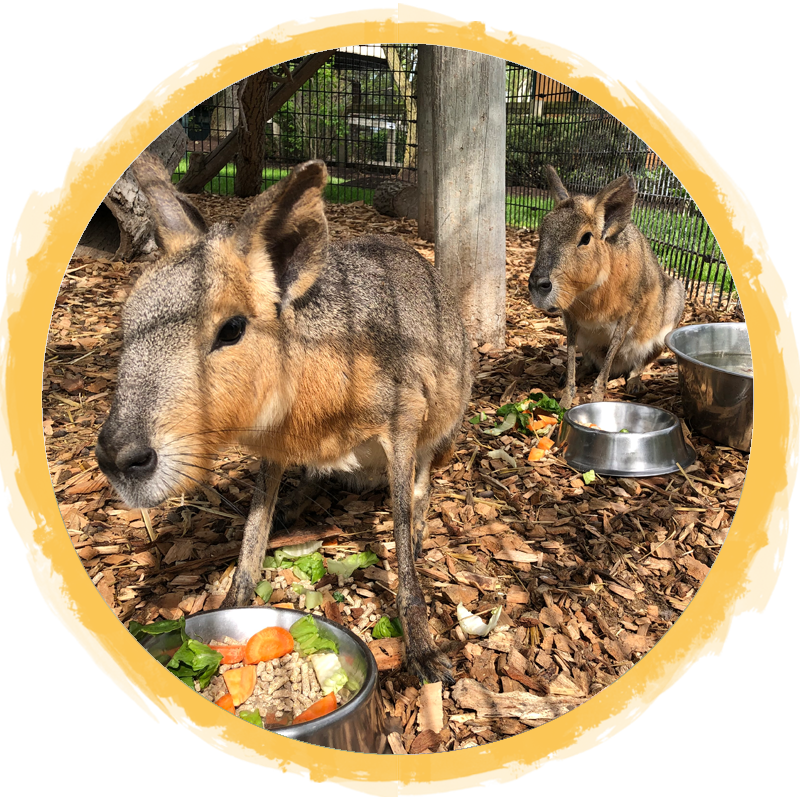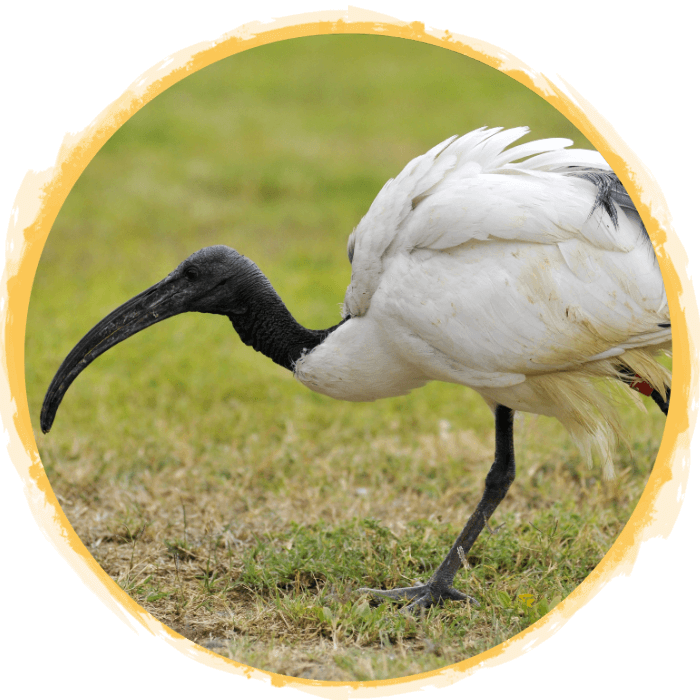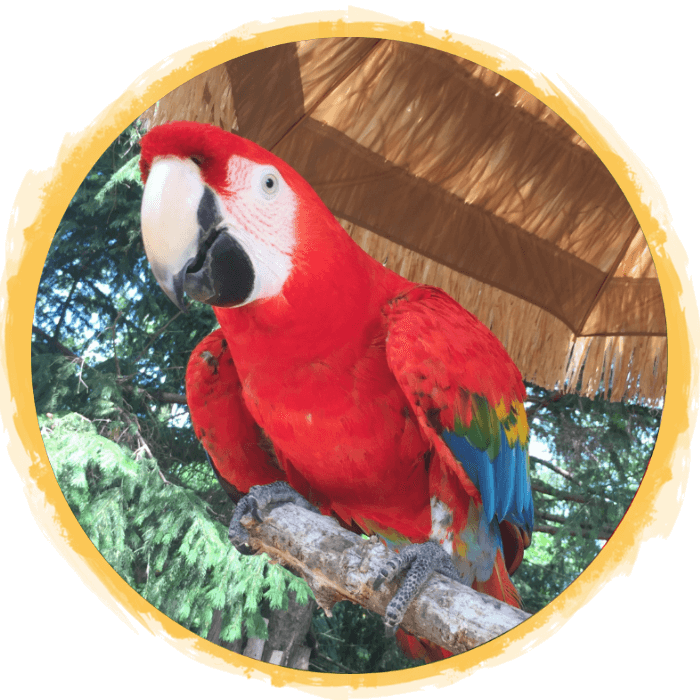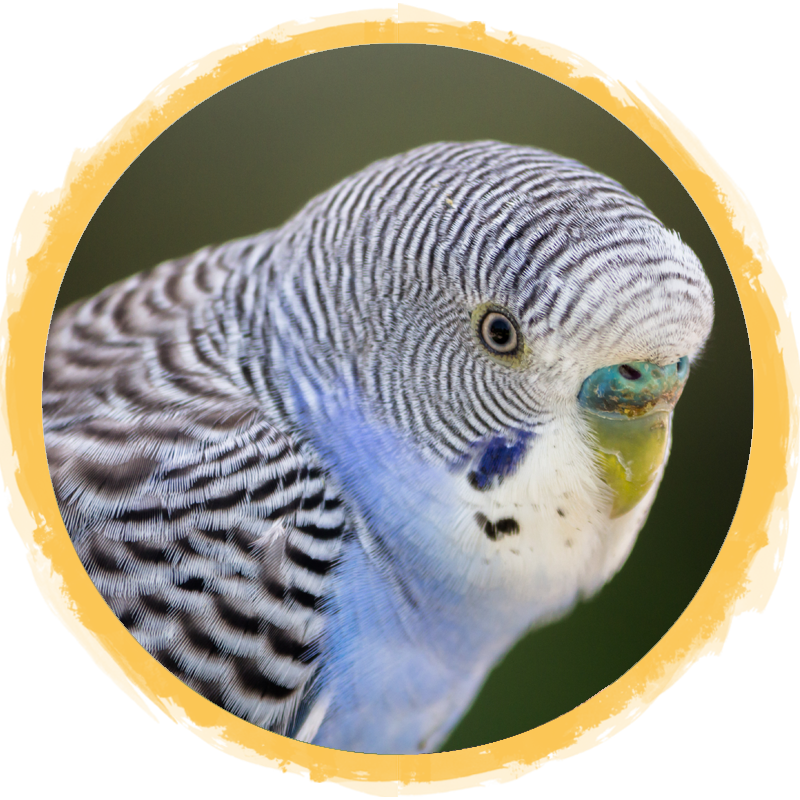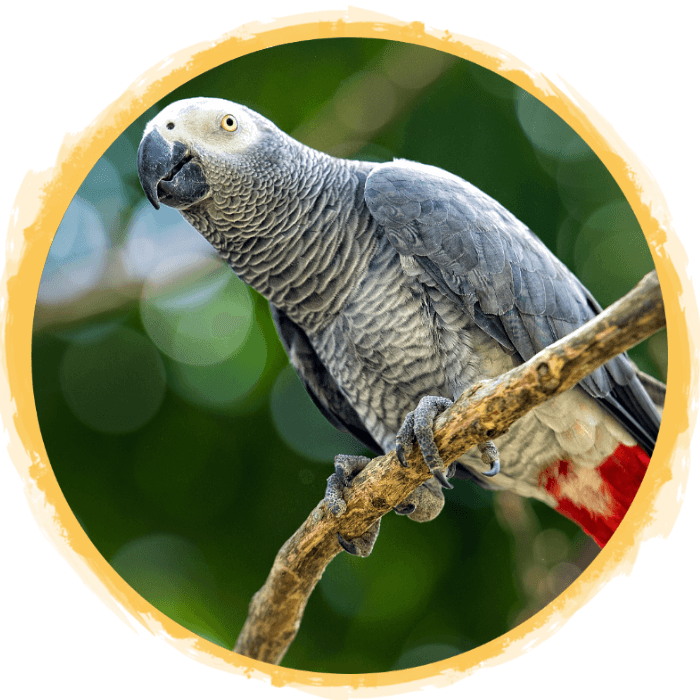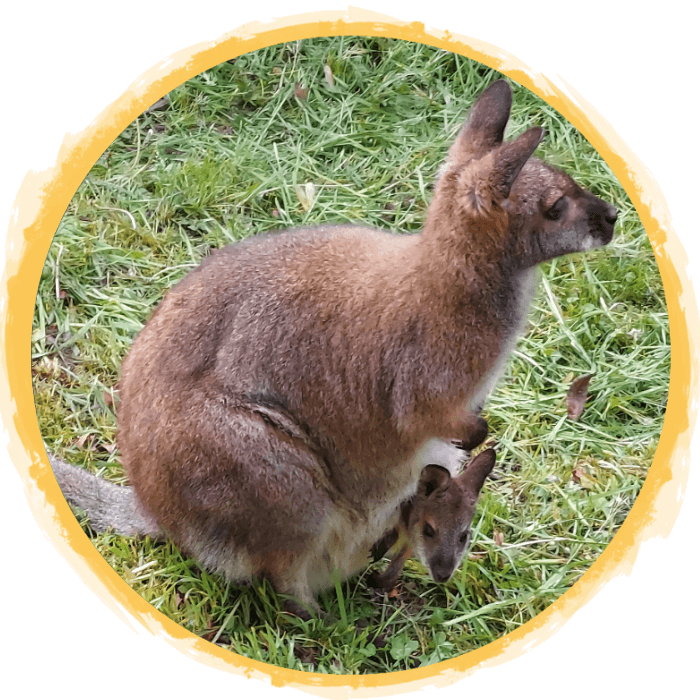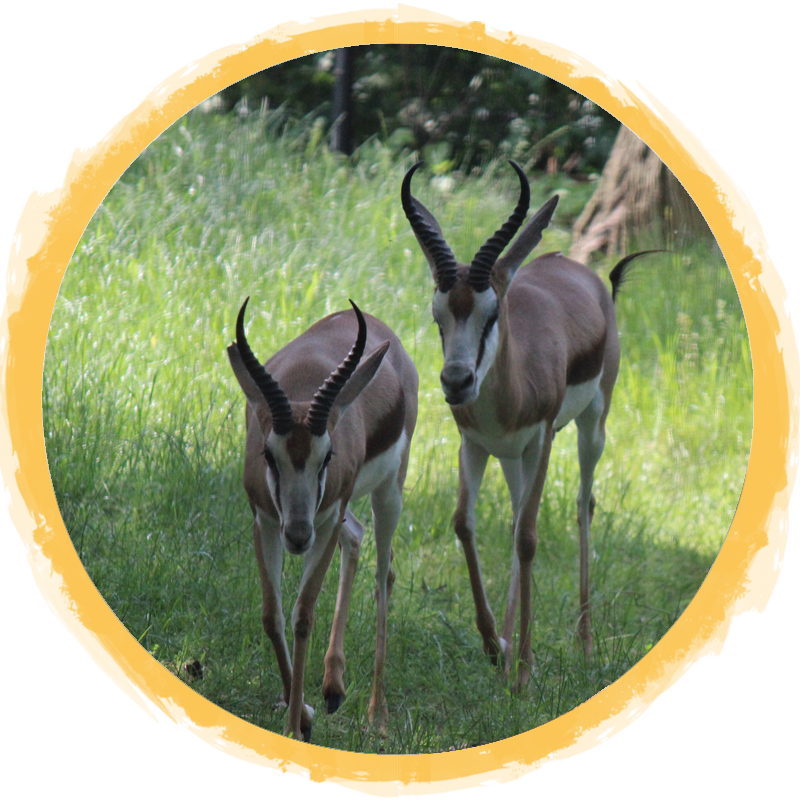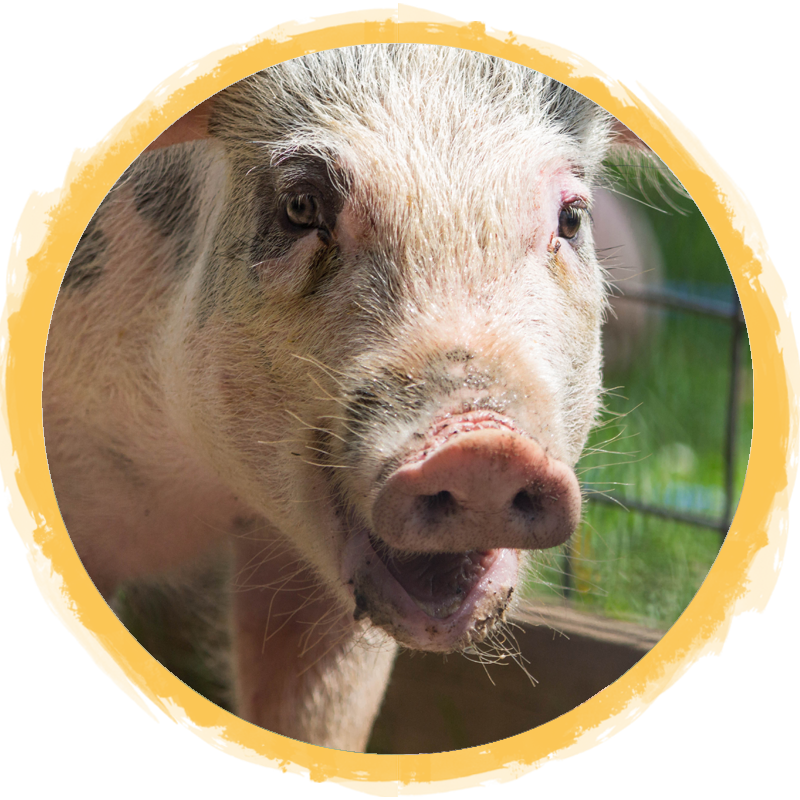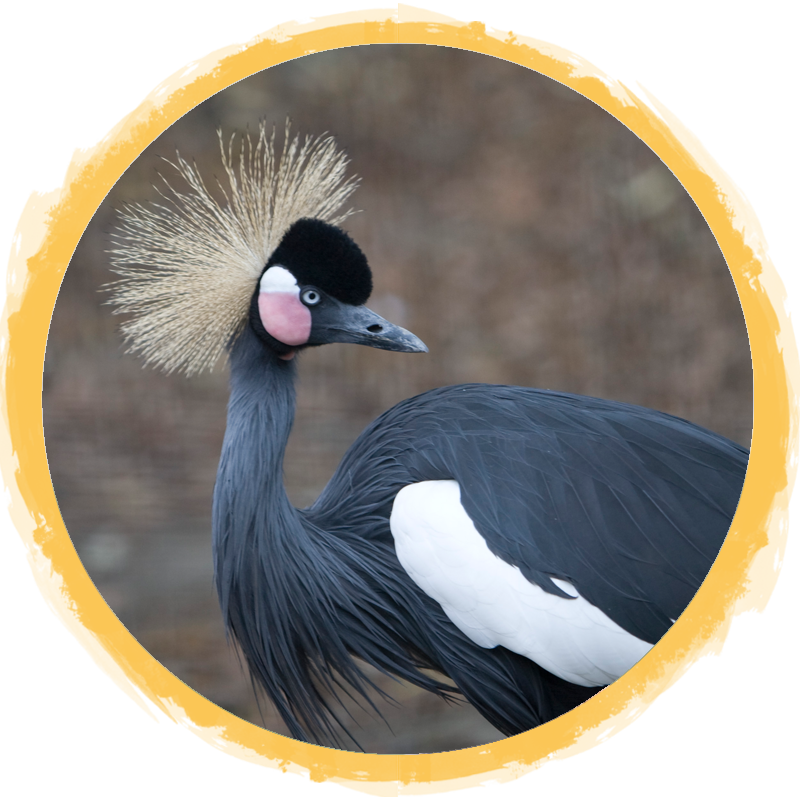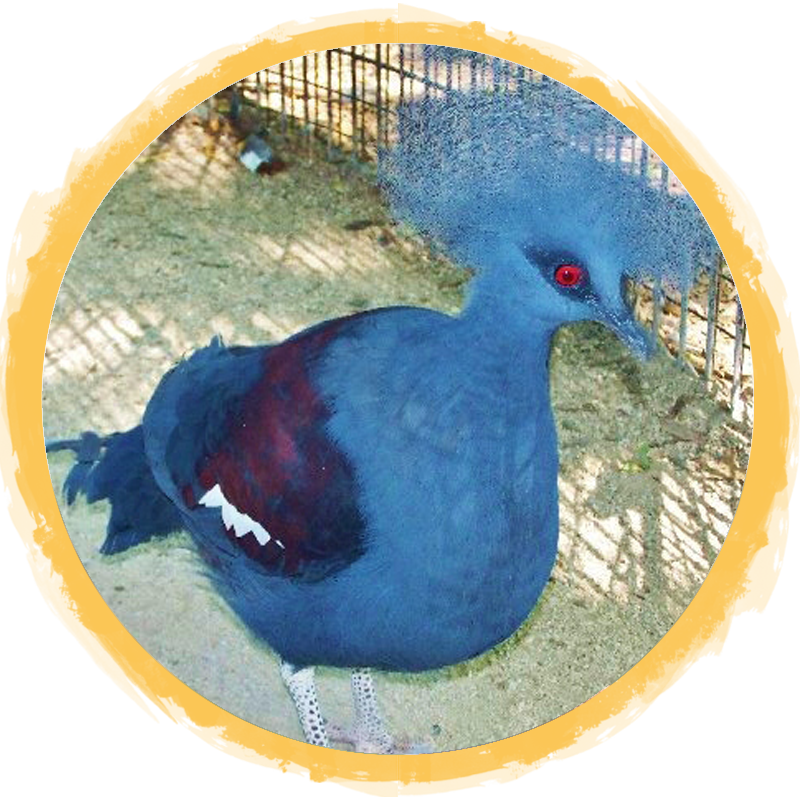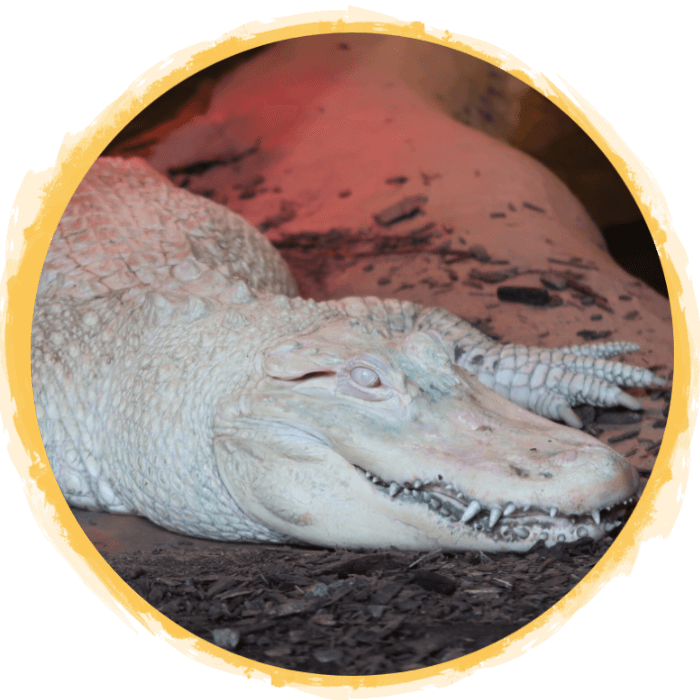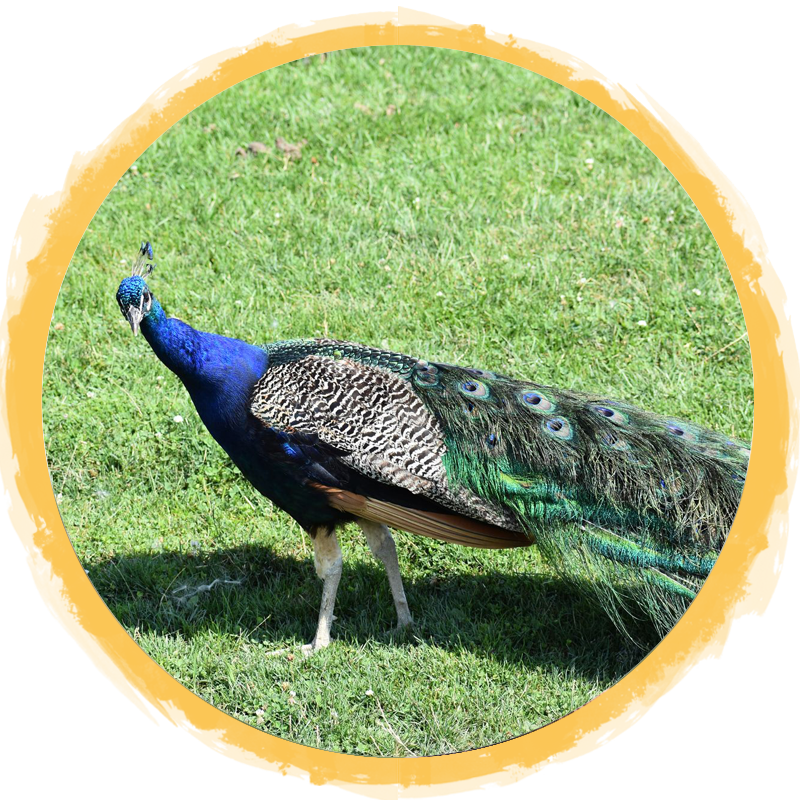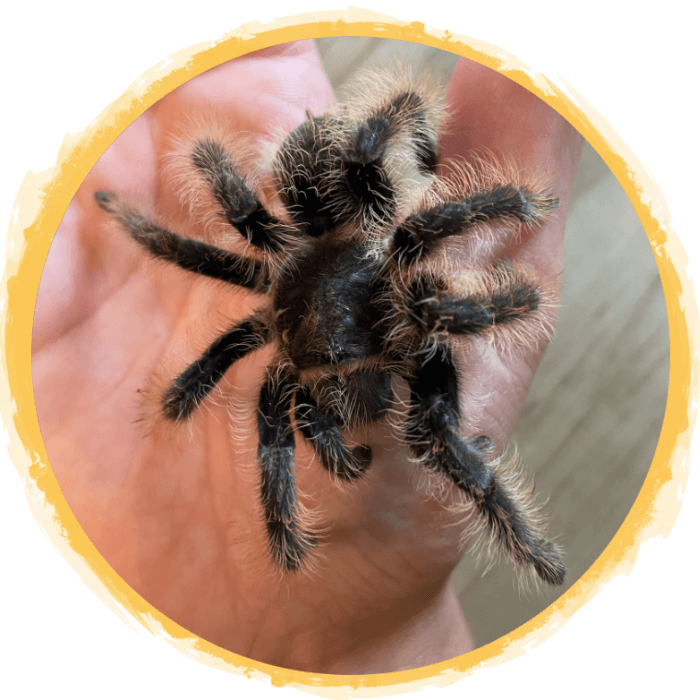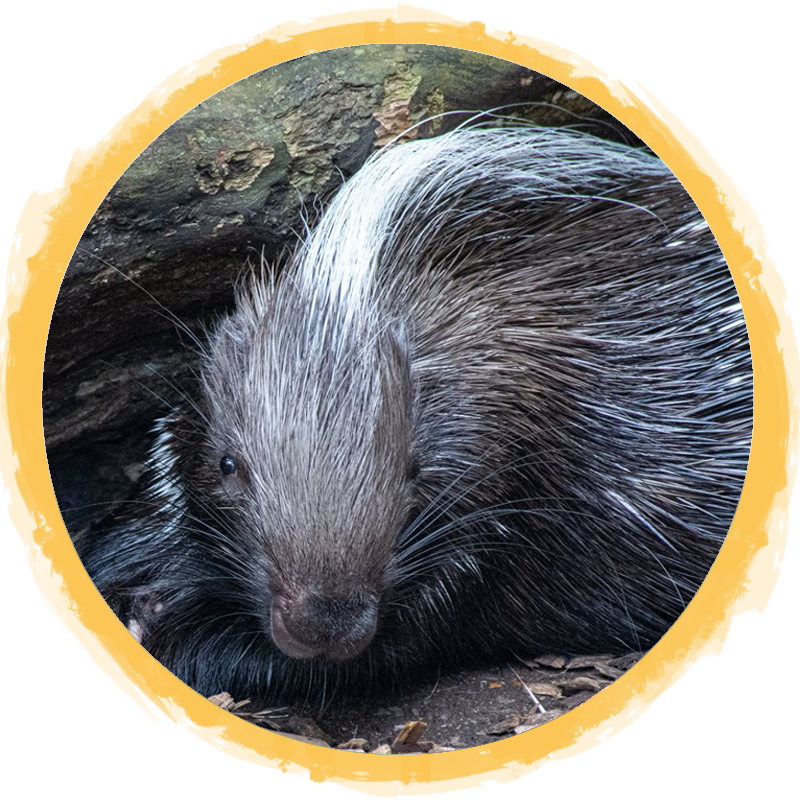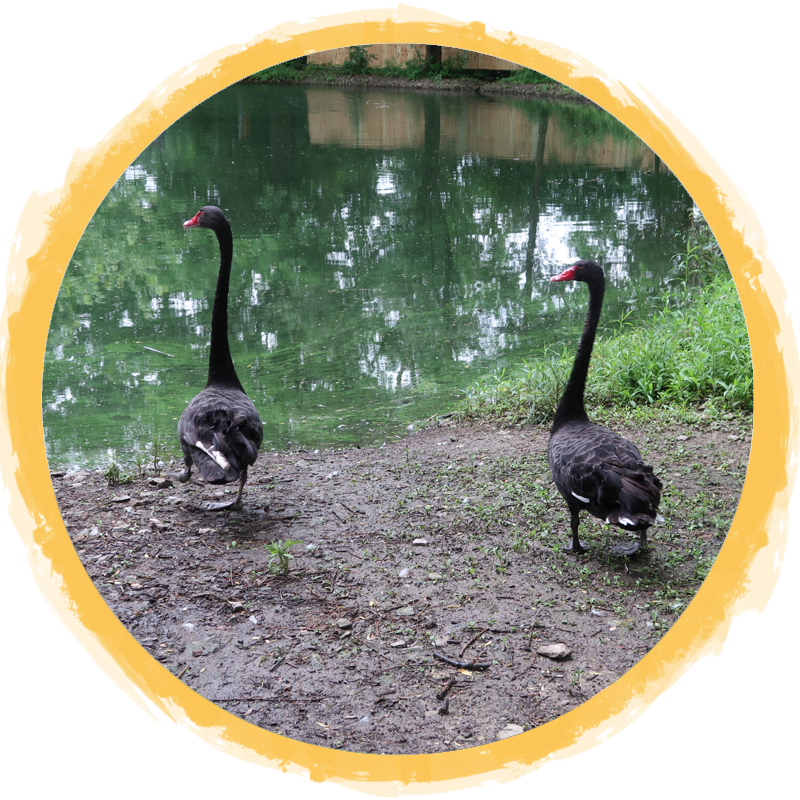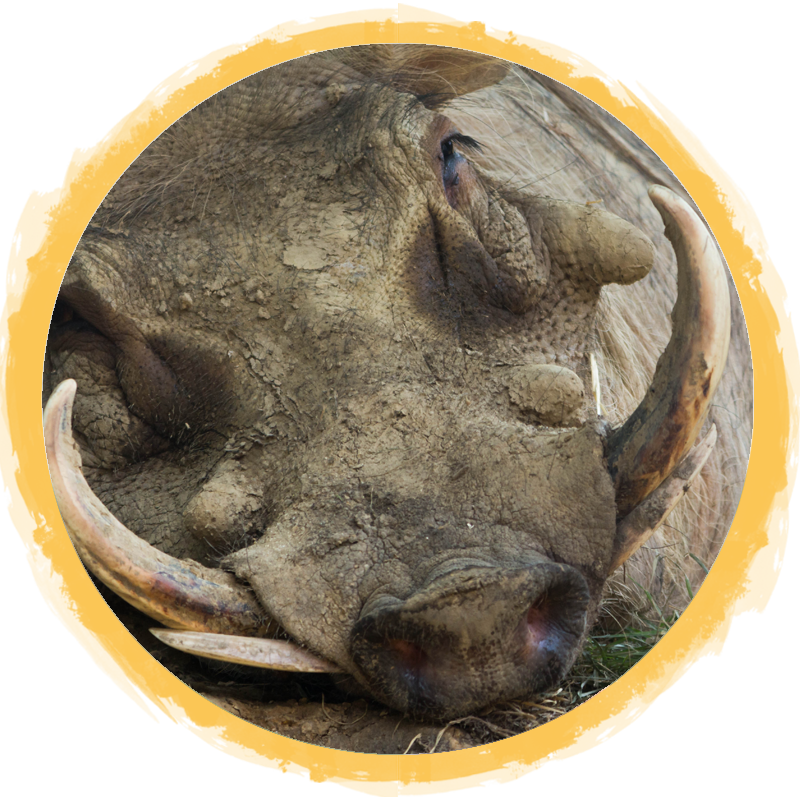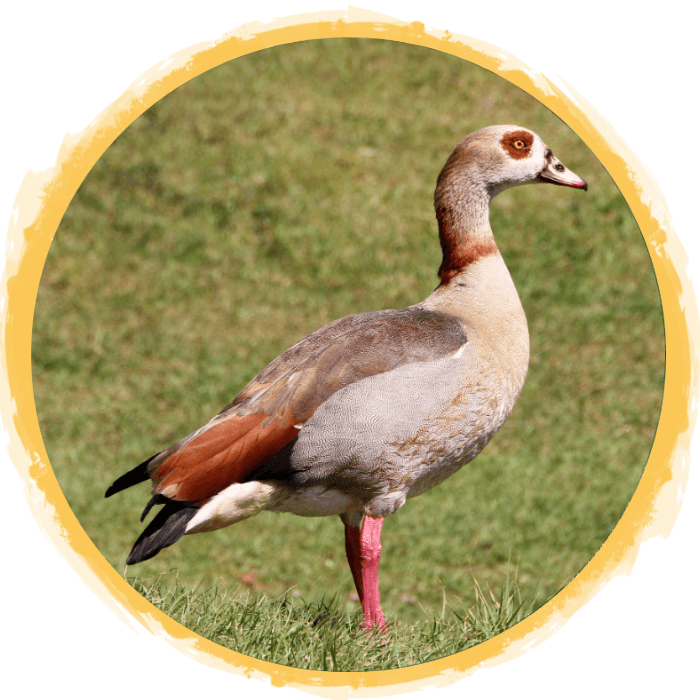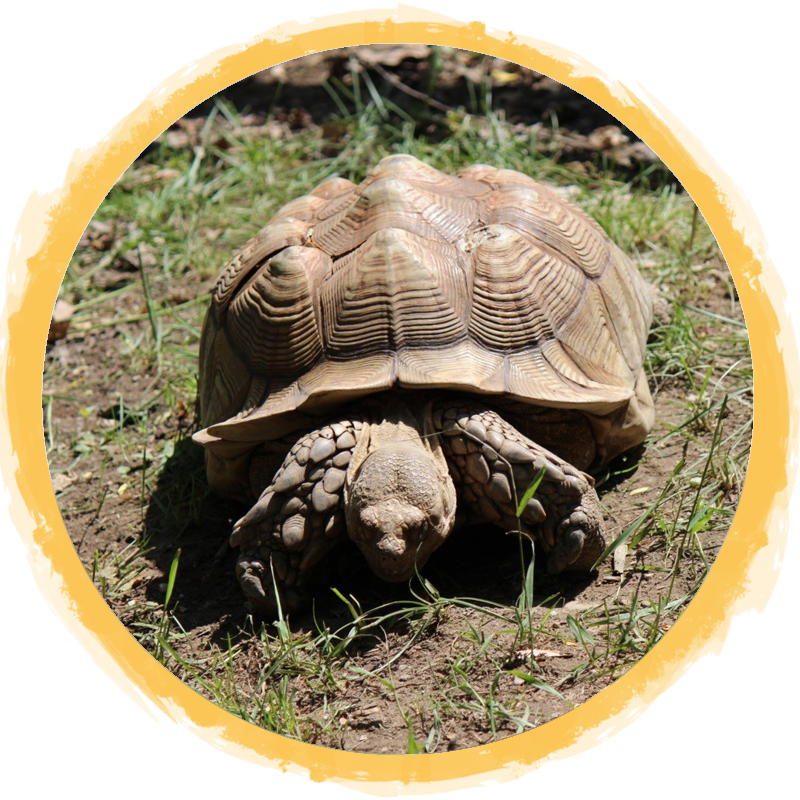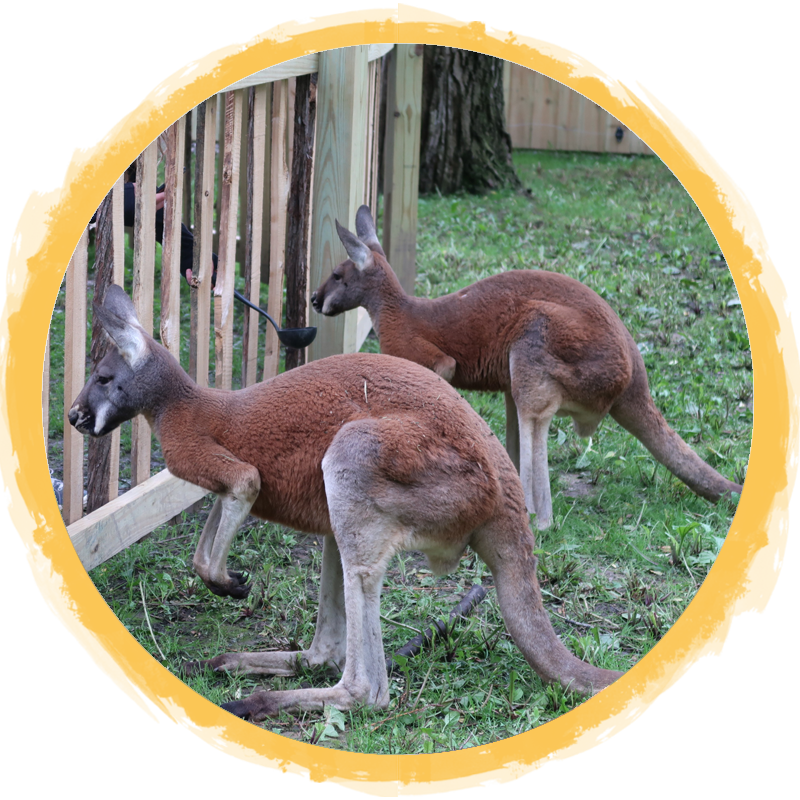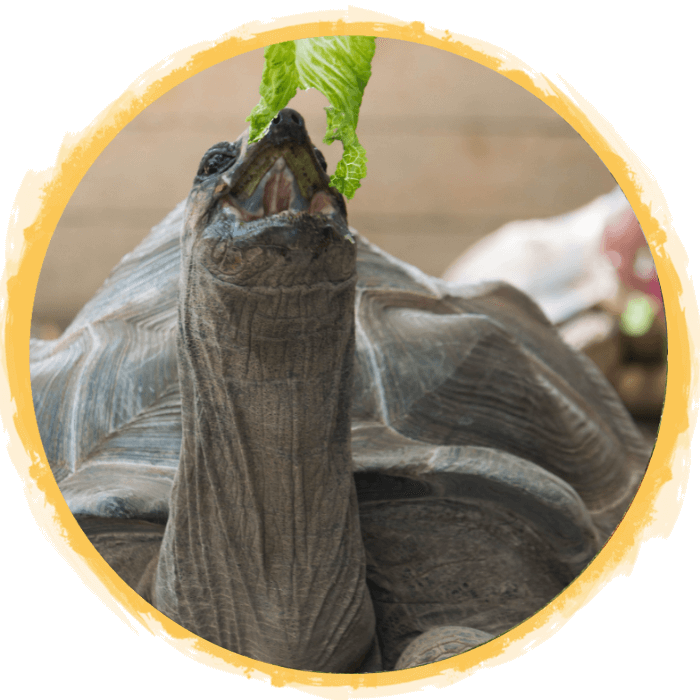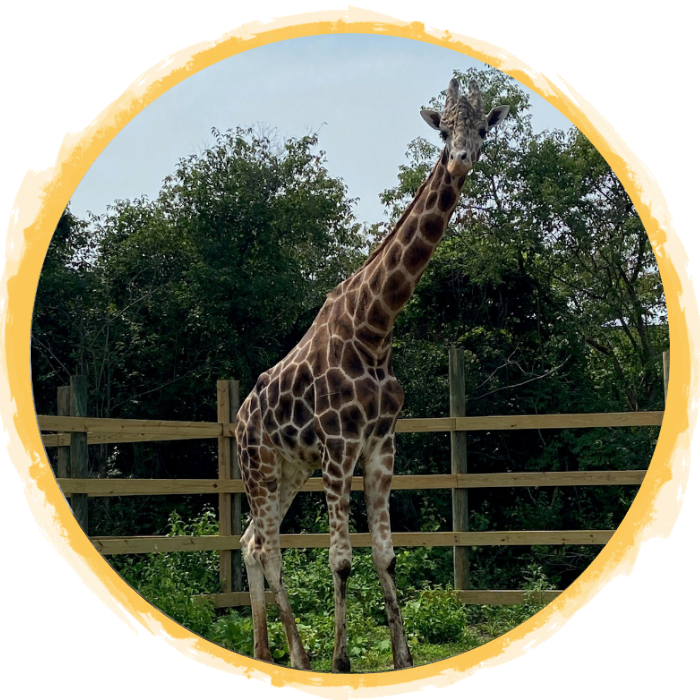(Cervus canadensis)
Elk are one of the largest species within the deer family, Cervidae, and one of the largest mammals in North America as well as Northeast Asia. Male Elk have large antlers, which are shed every year and can weigh up to 40 lbs, while females do not grow antlers. Calves are born in late May through June and are born spotted and scentless to camouflage them from predators. An Elk’s stomach has four chambers, the first stores food while the other three digest it. Elk live in herds. When their antlers are growing, they are covered in velvet. Under the velvet, their are tiny blood vessels, and if rubbed against trees, they can bleed. This can look like bloody antlers.
They are also called the Native American word Wapiti
Elk are hunted as a game species because their meat is higher in protein than beef or chicken. Male Elk have a loud vocalization consisting of screams known as bugling, and they can be heard for miles. Females are attracted to males that bugle more often and have the loudest call. Every year, 200,000 wild Elk in the Yellowstone National Park area migrate during the spring and fall, making this the longest elk migration in the continental USA.
What is rut? Rut takes place from mid-September to mid-October. This time of year is when Bull’s try and attract females for mating. The size of a bull’s antlers show their prestige to cows. During rut, bulls make incredible bugling sounds and often spar with other bulls.
Fast Facts
Country of Origin: North America
Weight: 496 - 730 lbs
Size: 4.3 - 5.0 feet tall at the shoulder
Lifespan: 10-13 years in the wild, up to 20 years in captivity.
Diet: Similar to cattle, Elk are primarily grazers. They feed on native grasses, tree bark, and tree sprouts.


